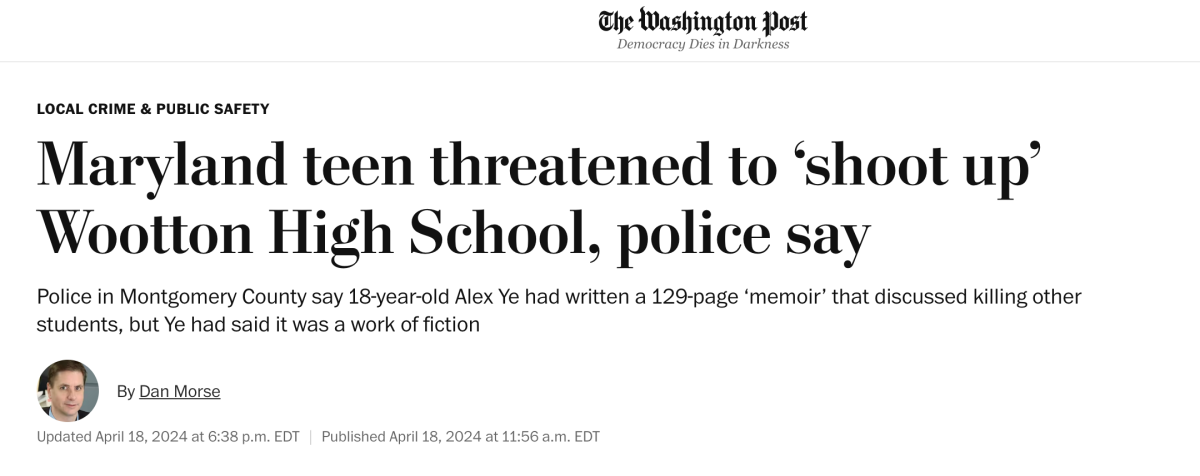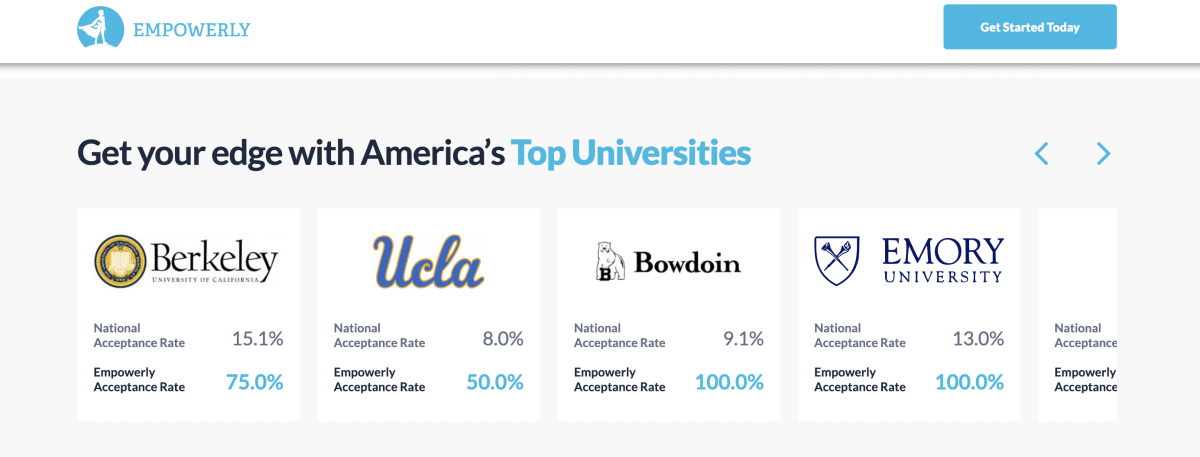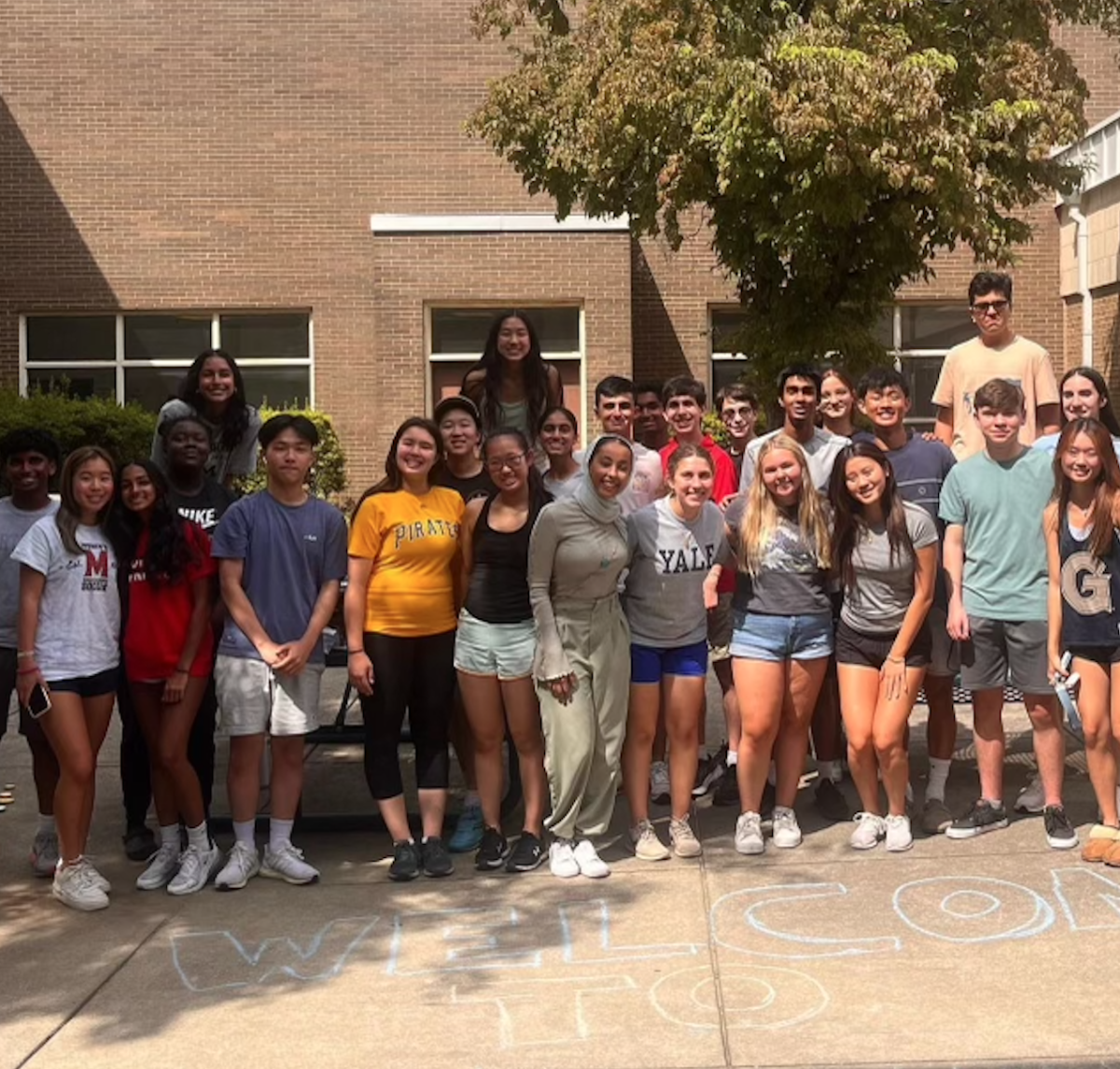School districts and states debate whether or not year round-schooling would be a good idea for students here in the United States. Students wonder how the year round-school policy would affect them and how it would be implemented.
The common American schooling system is designed around a nine-month schedule that requires 180 days of teaching in a classroom. This schedule was established when the United States was primarily an agriculture based nation. In the early 1900s American school systems began experimenting with year-round schooling but the idea did not become popular until the past two decades.
According to the National Association of year-round education, “The trend is growing. Over 3,000 schools had year-round education last year.”
Students who attend year-round schooling go to class for the same number of days as the common American schooling system. The biggest difference of year-round schooling, is that the yearly calendar is spread out more evenly throughout the entire year. Students get more frequent breaks but each break is shorter. Year-round schooling would not have the 10-12 weeks of summer vacation normal schools get.
Opponents of the year-round schooling system claim that year-round schooling would result in a decrease of family time. Parents may find it difficult to schedule vacations and family reunions. “Child care could also become a concern, particularly if multiple, shorter school vacations are scheduled throughout the year, at times when parents are working,” Lynch said.
Opponents believe a year-round schooling system would decrease family time including vacations and reunions. However, with more constant breaks throughout the school year, there are more opportunities to have family reunions and vacations.
Instead of every big family event being in the summer, different seasons and holidays may open up new options available for families to get together.
Statistics show that an average family vacation is two weeks. Each break for year round schools is three weeks. Twenty-one days is more than enough time for vacations and family reunions.
Eliminating long breaks from school will improve a student’s academic achievements drastically. According to National Summer Learning Association, “The loss in learning varies across grade level, subject matter and family income, but it affects all children in some way.”
Though the beginning of summer may seem fun, a three-month break generally leads to boredom and lack of motivation. “The shorter, more intense bursts of instruction along with more breaks is another pro of year-round school,” Lynch said.
More frequent breaks between school days destresses a student more effectively than a long summer vacation and it results in smarter students.
During the long break it may seem more relaxing but when school comes around again, expectations intensify. Over the three month period, information learned from the previous year is lost and stress becomes even higher.
Life’s a balancing act. Stressless quality education is more important than a three-month vacation.
Hannah Ho
Staff Writer


















